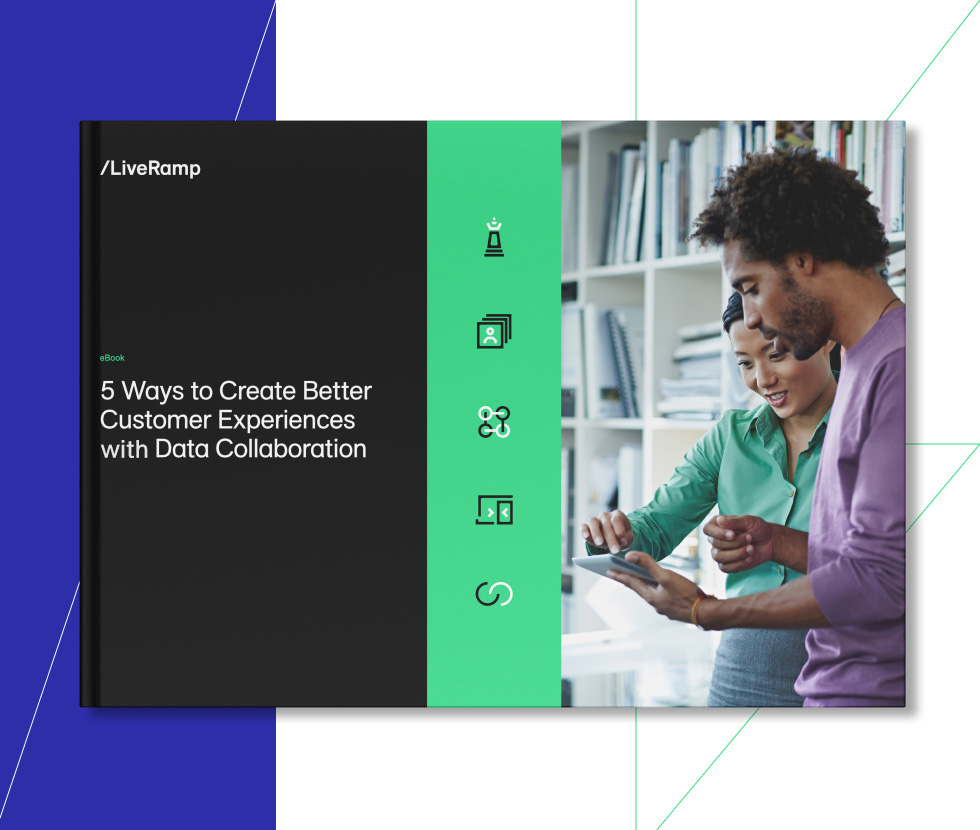Marketing teams with growing sales targets are always looking to reach larger audiences. Because of lookalike modeling’s ability to reach audiences beyond a CRM, it is a solution every marketer must have in their toolbox. But what is this tool and how is it used? We pull back the curtain by exploring the what, why, and how of lookalike modeling for digital marketers.
What is Lookalike Modeling?
Lookalike models are used to build larger audiences from smaller segments to create reach for advertisers. The larger audience reflects the benchmark characteristics of the original audience, known as the seed audience. In the context of marketing, lookalike modeling can be used to reach new prospects that look like a marketer’s best customers.
How Does Lookalike Modeling Work?
The lookalike modeling process typically involves joining a relatively small seed audience into a much larger universe of data, known as a reference set. Reference sets are commonly provided by a data/service provider or natively in a DMP (Data Management Platform), DSP (Demand-Side Platform), or a social platform. The seed audience will often be enriched with attributes derived from the reference set. The rich data attributes of the reference set are then used as the features within a machine learning model to identify the attributes most predictive of similarity to the seed. In fact, the most predictive attributes may not be the ones you think.
The reference set is then scored on the individual level based on their similarity to the seed using these predictive features.
This process can surface valuable attributes that model out to higher-performing audiences than general marketing segment buys, such as gender or age. By finding audiences that the marketer would otherwise be unable to identify, lookalike modeling becomes a key marketing tactic for new customer acquisition.
Evolution of a Popular Strategy
As an established and well-proven strategy, lookalike modeling is often a valuable tool used in DSPs, DMPs, and social channels. But as marketers strive for a more cohesive marketing approach, a siloed approach to lookalike modeling is not optimal.
In a recent report on the outlook of data by the IAB and Winterberry Group, surveyed marketers stated they “prioritize ‘cross‐channel’ initiatives above all others in 2019, maintaining a focus on the harmonization of audience experiences across media.”
LiveRamp partner Choozle, a digital marketing and advertising technology platform, also opted for lookalike modeling alternatives outside of media platforms. Megan Sullivan-Jenks, Senior Director of Brand and Product Marketing, explains her decision to use third-party lookalike modeling over end platforms like those in LinkedIn or Facebook, citing the need to extend Choozle’s advertising strategies to multiple channels beyond social. She recalls, “We needed to be confident that the provider we selected had the reach and identity graph to allow an accurate but scalable audience.”
As one of the first beta testers of LiveRamp’s lookalike modeling solution, Choozle saw 50% more leads with LiveRamp’s lookalike modeling than a competing provider, while also achieving an 80% lead qualification rate. Choozle’s education sector advertisers, who tested LiveRamp’s solution, also increased budgets as a result of hitting their daily goals.
Getting Started with Lookalike Modeling
LiveRamp offers flexible options so you can execute lookalike modeling. Here are three common options:
Work with a data seller
LiveRamp’s Data Marketplace hosts 180+ vetted data sellers, many of whom offer lookalike modeling. Reach out to [email protected] for recommendations on who you can work with.
Onboard to LiveRamp partner platform
Media platforms are a common place to build and activate lookalike modeled audiences. With LiveRamp’s data onboarding solution, advertisers can deliver people-based audiences to platforms such as Facebook to then build lookalike audiences.
LiveRamp’s beta lookalike modeling solution
For advertisers seeking additional reach beyond what media platforms can provide, LiveRamp has developed a self-service lookalike modeling solution that offers a centralized, people-based strategy to scaling audiences. With our solution, customers can optimize their audiences for reach or precision and test different models across LiveRamp’s activation partners to find the most optimal audience to achieve their campaign reach or engagement goals. If you’re interested in being part of this beta program, reach out to [email protected].
